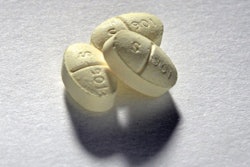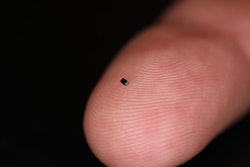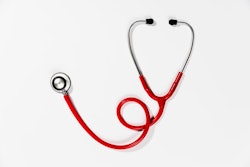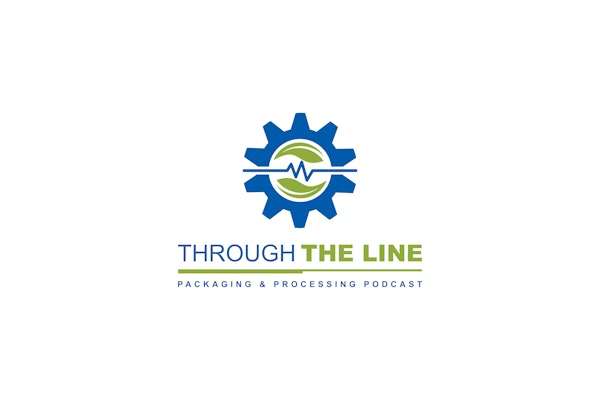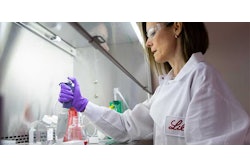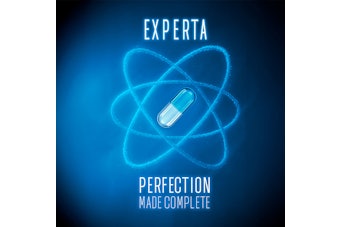A couple weeks ago, a teacher saved the grandmother of one of her students from a stroke after noticing symptoms over Zoom. In the same vein, a recent Medgadget article discussed a new tool for rapidly diagnosing strokes. The technology, developed by researchers at Penn State and Houston Methodist Hospital, uses a smartphone to record the speech and facial movements of the user. The data is then processed with a machine-learning algorithm to determine whether a stroke likely occurred.
New Smartphone App Diagnoses Strokes
The technology employs a smartphone to detect issues in a patient’s speech and facial movements.
Nov 4, 2020
Sustainable Healthcare Packaging Solutions That Work
Industry leaders share proven strategies for reducing packaging emissions by up to 70% while meeting safety and regulatory requirements.
Read More
Researched List: Blister Machines for Life Sciences
Need a blister machine for life sciences packaging? Our curated list features companies serving pharmaceutical, medical device, nutraceutical, and cosmetic industries. Download to access company names, locations, machine specifications, descriptions, and more.
Download Now
Downloads



